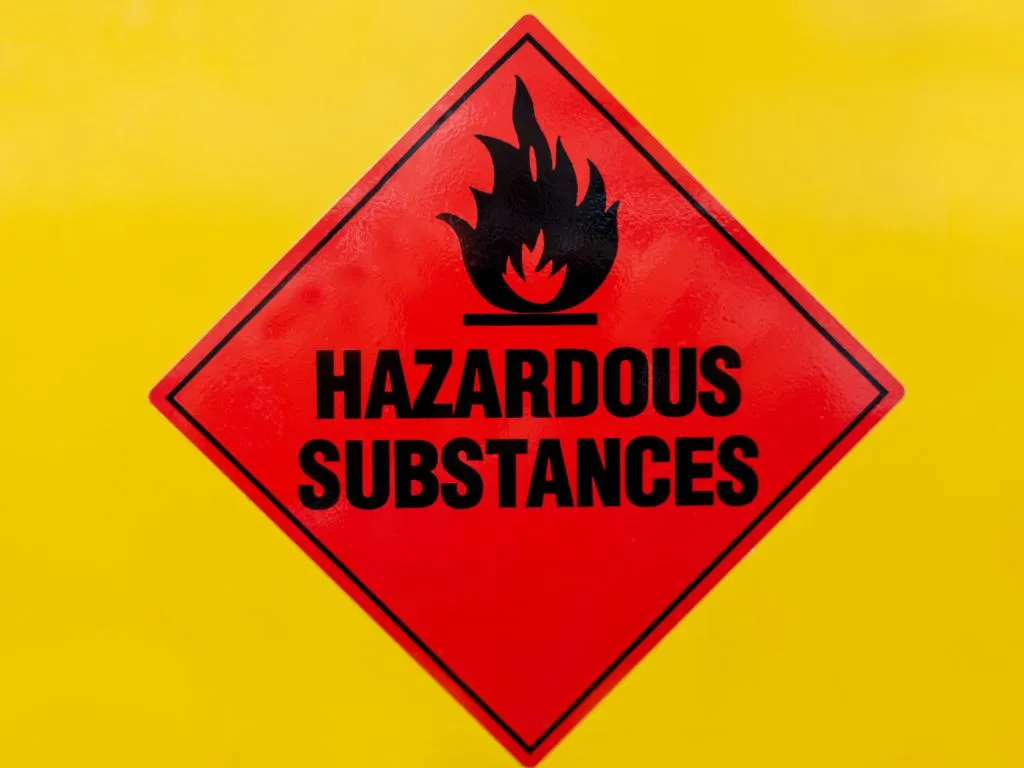- Home
- News Details
News Details

COP-12 Expands Stockholm Convention Annex A to Include Chlorpyrifos, MCCPs, and LC-PFCAs; UV-328 Exemptions Revised
2025-05-27 Reference source : The Basel, Rotterdam and Stockholm Conventions
Stockholm Convention Hazardous Chemicals UV-328 Environmental Protection Long-Chain Perfluorocarboxylic Acids LC-PFCA Medium-Chain Chlorinated Paraffins MCCP Chlorpyrifos Persistent Organic Pollutants POPs BRS Conventions
At the 2025 Conferences of the Parties (COPs) to the Basel, Rotterdam, and Stockholm Conventions, held from April 28 to May 9 in Geneva, significant strides were made in global chemical safety. Notably, the Stockholm Convention introduced stringent measures targeting hazardous substances, while the Basel and Rotterdam Conventions advanced efforts in waste management and chemical trade regulations.
Stockholm Convention: Key Chemical Bans and Restrictions
At the 12th Conference of the Parties (COP-12) of the Stockholm Convention, the parties agreed to list the following substances in Annex A (elimination):
-
Chlorpyrifos – A widely used organophosphate pesticide associated with neurodevelopmental harm. Although it will be banned globally, 22 specific exemptions were granted for continued use in certain applications.
-
Long-chain perfluorocarboxylic acids (LC-PFCAs) – A group of PFAS substances known for their persistence and potential health impacts. Exemptions were approved for certain uses, such as in semiconductors, electronics, and textiles.
-
Medium-chain chlorinated paraffins (MCCPs) – Used as flame retardants and plasticizers. MCCPs were added due to concerns over persistence, bioaccumulation, and toxicity. Exemptions apply to defined industrial uses.
In addition, exemptions for UV-328, a UV stabilizer listed in Annex A in 2023, were reopened and extended. These new exemptions cover specific uses in aviation and industrial settings, which is a rare instance of amending a previously agreed-upon elimination decision post-adoption.
Basel and Rotterdam Conventions: Complementary Advances
While the Stockholm Convention focused on POPs, the Basel and Rotterdam Conventions addressed related challenges.
-
Rotterdam Convention (COP-11): Parties agreed to list several additional chemicals in Annex III, which requires prior informed consent (PIC) for international trade. However, the listing of acetochlor and carbosulfan was blocked by a few parties, continuing a trend of stalled listings due to lack of consensus.
-
Basel Convention (COP-16): Parties adopted new technical guidelines to improve the management of e-waste, including devices containing POPs. Progress was also made on guidance addressing plastic waste and chemicals of concern in waste streams.
Implications and Next Steps
These decisions mark a significant advancement in global efforts to protect human health and the environment from hazardous chemicals. However, the expanded exemptions, particularly for chlorpyrifos and UV-328, have raised concerns among health and environmental advocates. Continuous monitoring and future negotiations will be crucial to ensure that these measures effectively mitigate risks associated with these substances.
We acknowledge that the above information has been compiled from The Basel, Rotterdam and Stockholm Conventions.
Global Product Compliance (GPC) specializes in Global Regulatory Compliance Solutions across sectors
globally. SSS Europe, a familiar name in chemical regulatory and compliance services now formally belongs
under the umbrella of GPC Holding Sweden.
Since 2008, we have emerged as one of the leading names among Global Regulatory Compliance Service
Providers with Representation services in Europe, Asia and Middle East for respective chemical
regulations.

 Twitter
Twitter
